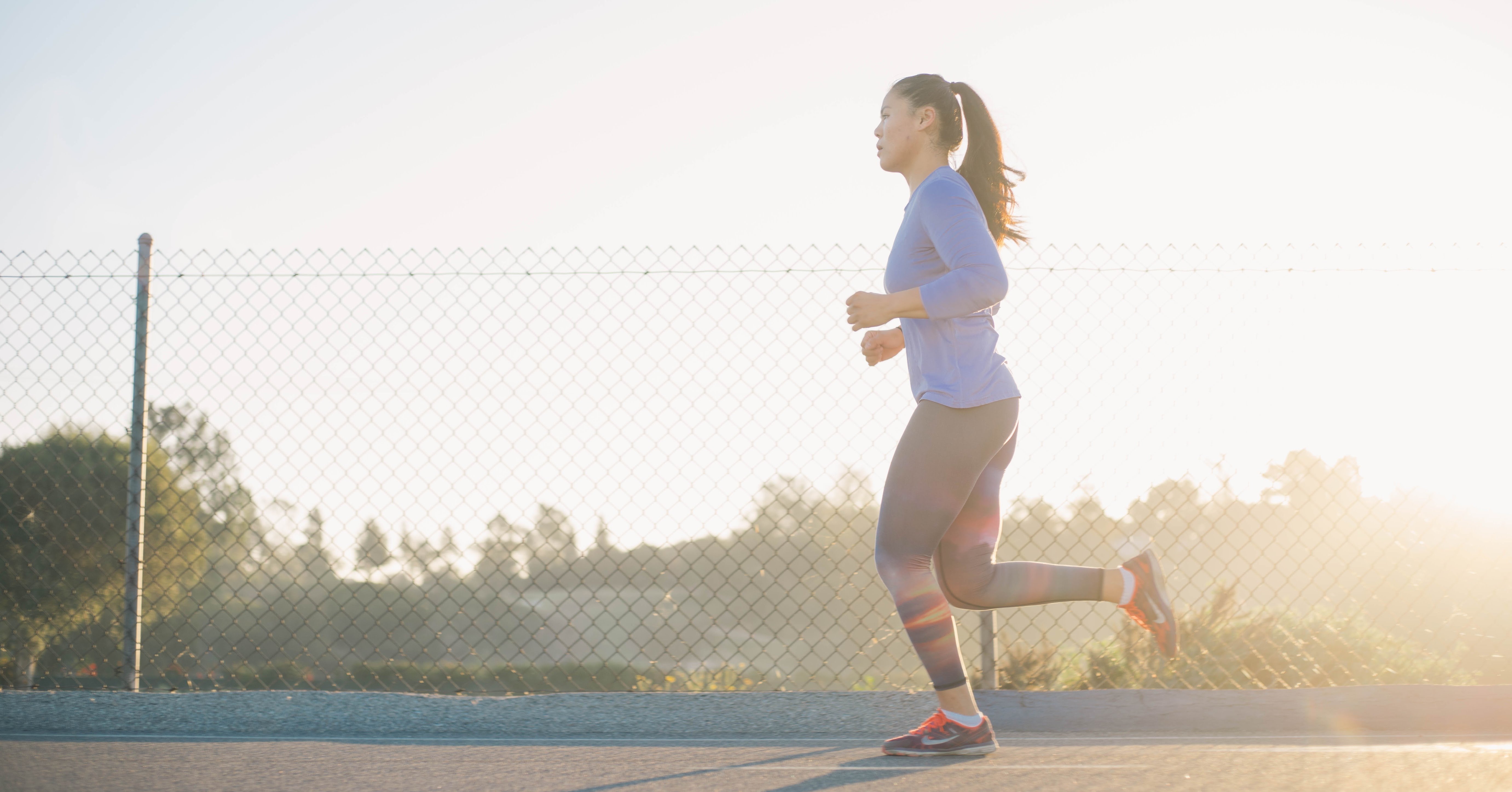
Is running the secret to staying young?
Post originally appeared in this.
The alarm rings. You hit snooze. Just four more minutes. The alarm goes. Another four minutes – then you’ll get up and go for that run. The alarm rings. You switch it off. Sleep wins. Maybe you’ll run tomorrow.
But are those people who rise at the crack of dawn to run (while you’re pounding the snooze button) right about jogging all along? Can running really slow the effects of some diseases and ageing? And can a morning jog actually help you stay young?

A new study by Associate Professor Daniel Belavy from the Institute for Physical Activity and Nutrition at Deakin University finds the answer to be yes. According to his research, if you run just 20 kilometres each week, you could begin to slow down the aging process in your bone marrow. And for every nine kilometres you run each week, your bone marrow gets a year younger.
These effects are even more pronounced for long distance runners. Runners who ran over 50 kilometres a week had bone marrow that was eight years younger than those who didn’t do regular exercise. But what’s so significant about bone marrow? And more importantly, what if you don’t like to run?
What effect does bone marrow have on your longevity?
In order to understand the effects of bone marrow on your health and longevity, it’s important to know the role it plays in your body. As Assoc. Prof. Belavy explains, when we are born, the marrow spaces within bones of our bodies are mostly made up of red blood cell-producing marrow. As you age, the ‘red’ marrow gets replaced by ‘yellow’ fatty marrow or ‘adipose’ tissue. This yellow marrow impacts negatively on your bone tissue and blood cell production.
By the time you reach adulthood, the conversion of red marrow into yellow, says Assoc. Prof. Belavy, has gone so far that blood cell production (red marrow) is largely restricted to the spine, hips, top parts of the arm bones and the top parts of the thigh bones. ‘Even as we age, conversion of red marrow into marrow adipose continues to happen, at a rate of approximately 7% per decade,’ he says.
‘From the point of view of public health, the bigger question is: what is the minimum amount of walking or running to have a “relevant” impact.’ – Associate Professor Daniel Belavy, Faculty of Health, Deakin University
The more yellow marrow you have, the more chance you have of developing conditions such as osteoporosis and diabetes. And this holds true for other diseases too. While not directly linked, people who suffered from conditions such as anorexia nervosa, altered hormonal states (for example after ovary removal) and extreme nutrition patterns (such as high alcohol intake or a high fat diet) all showed a high rate of yellow fatty bone marrow.
How can running affect your bone marrow?
So how does running help slow down the deterioration of your body and help keep you young? In Assoc. Prof. Belavy’s study, 101 men and women aged 25 to 35 were divided by those who jogged, ran long distances, cycled or didn’t exercise at all. Of the group, he found that ‘people who ran consistently showed for higher red bone marrow’ – the blood-cell producing and immune cell creating type – and showed a reduction in yellow marrow.
This applied to those who ran casually (from 20 kilometres to 40 kilometres per week) as well as those who ran long distances (over 50 kilometres per week), proving that your morning jog actually can alter the aging process.
What if you don’t like running?
If you’re a runner, Assoc. Prof. Belavy’s research might sound like music to your ears. After all, who wouldn’t want to hear that their exercise of choice is also a way to slow the ageing process. But what about those of us who don’t like running , or prefer cycling instead – even if it will help with your health?
According the Assoc. Prof Belavy, it’s not just any kind of exercise that increases your red blood marrow. ‘High-volume road cyclists – more than 150 kilometres per week – did not show any beneficial impact of cycling on their marrow adipose tissue,’ he says. Running comes out on top (just be mindful to avoid injury).
The reason for this came as a surprise. Marrow fat is governed by different rules to the fat stores under the skin, the research finds. Instead it is impacted by the mechanical loading of the spine. If you’re sitting in the saddle of your bike, there’s only a small amount of load going through your spine. Whereas if you run, your spine is in a bouncing motion.
That’s not to say that cycling isn’t good for you, notes Assoc. Prof. Belavey. Just as any regular exercise is good for you, ‘we can be confident in saying that a sedentary lifestyle and obesity will likely drive increases in marrow adipose tissue.’
Interested in the connection between fitness and the health of the body? Consider studying exercise and sports science at Deakin.